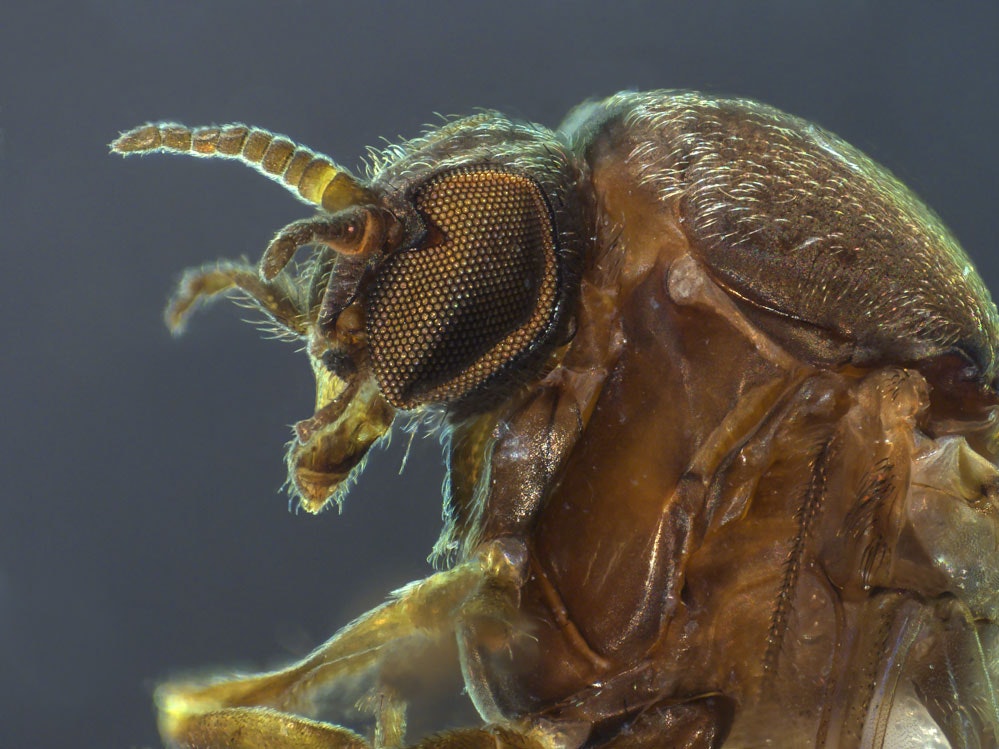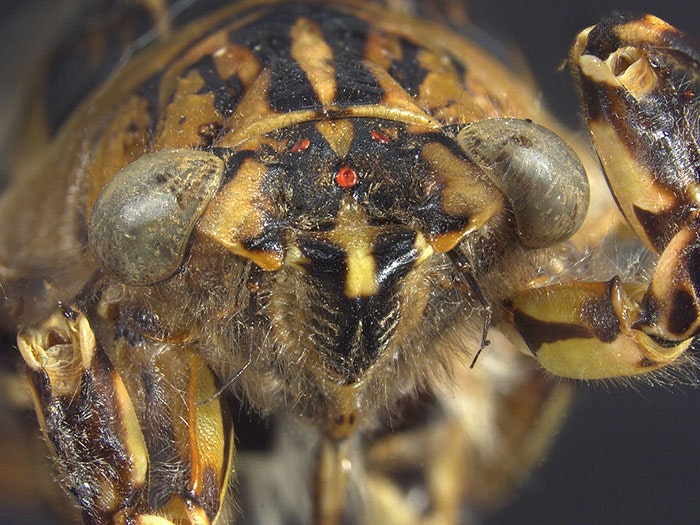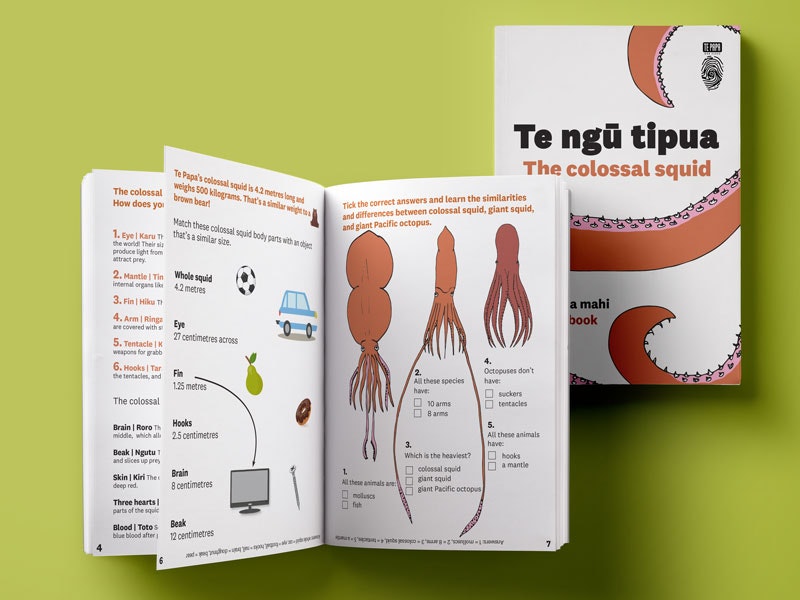
Why are sandfly bites so itchy?
Sandflies: Why they bite, why those bites are itchy, and are they different to sandfleas?
Free museum entry for New Zealanders and people living in New Zealand
Open every day 10am-6pm
(except Christmas Day)
Free museum entry for New Zealanders and people living in New Zealand
Teaching scientific skills, knowledge, and practices in ECE settings and primary schools is made easy with this hands-on resource.
Download the It's a Bug's Life resource (17.57 MB)
The New Zealand Curriculum: Nature of Science (Level 1 & 2)
Education resource
ECE – Junior Primary
Exploration, Belonging, Contribution, Communication
This resource helps educators to engage in science with children aged 2–8 years in their own outdoor environments.
We unpack the five science capabilities framework, and introduce the scientific process showing how useful these are for teaching and learning science at this level.
There are lots of helpful recommendations, activity ideas, case studies, and details about other resources, to inform, guide, and inspire your scientific journeys.
The resource is the result of our year-long It’s a Bug’s Life education research project – created by Te Papa in partnership with three Wellington-region ECE centres: Raumati South Kindergarten, Kiwi Kids Childcare (Karori), and Imagine Childcare.
Although our project focused on bugs, the content of this resource can help support teaching other living-world topics.

Sandflies: Why they bite, why those bites are itchy, and are they different to sandfleas?

What is that noise cicadas make, and why is it so loud?

Primary
An activity book to help kids explore the bizarre anatomy of the colossal squid, where it lives, how it came to Te Papa, and what it eats. Suitable for ages 10+.
Activity book